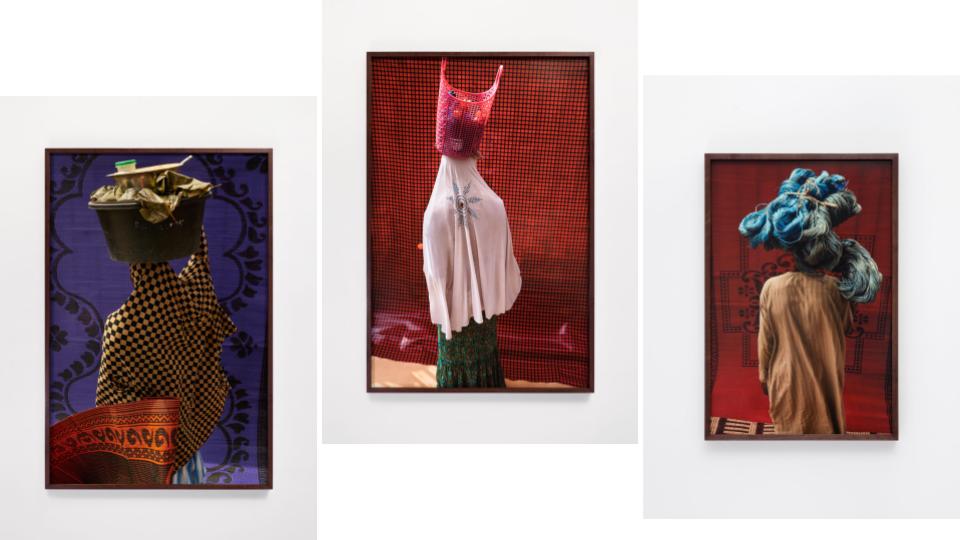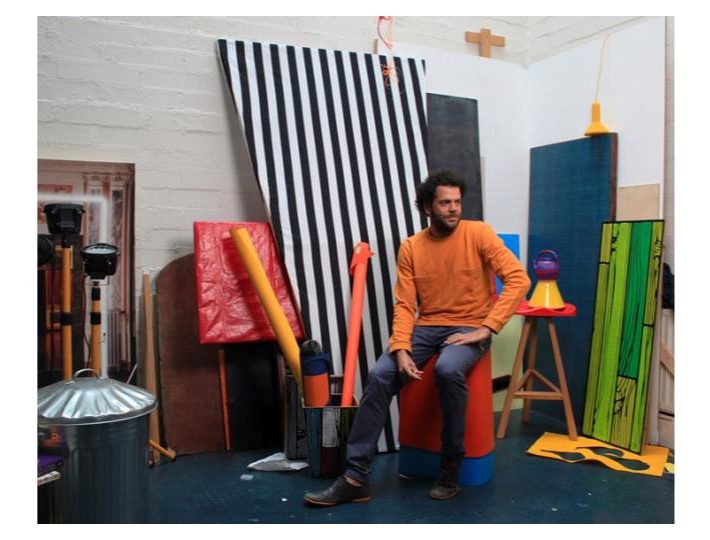
Lorenzo Vitturi:
Lorenzo Vitturi (b. 1980, Italy) is a photographer and sculptor based in London. Formerly a cinema set painter, Vitturi has brought this experience into his photographic practice, which revolves around site-specific interventions at the intersection of photography, sculpture and performance. In Vitturi’s process, photography in conceived as a space of transformation, where different disciplines merge together to represent the complexities of changing urban environments.

Vitturi’s latest solo exhibitions have taken place at FOAM Museum in Amsterdam, The Photographers’ Gallery in London, at Contact Photography Festival in Toronto, and at the CNA in Luxembourg. Vitturi also participated to group exhibitions in Rome, at Centre Georges Pompidou in Paris, at La Triennale in Milan, at the Shanghai Art Museum and at K11 Art Space in Shanghai, and at BOZAR in Brussels.
Following the presentation of Dalston Anatomy in 2013 as a book, multi-layered installations and performance, Vitturi’s latest photo-book ‘Money Must Be Made’ was published by SPBH Editions in September 2017.
Dalston Anatomy:
Dalston Anatomy is a book project, a multi-layered installation, and a visual celebration of the Ridley Road Market in East London. Lorenzo Vitturi recognised the market as a unique place where ‘different cultures merge together in a celebration of life, diversity and unstoppable energy’ and was inspired to capture this place before it transformed beyond recognition.Residing in the area for over seven years, Vitturi visited the market daily and witnessed the local community, economy and the very nature of the market changing around him with striking acceleration. From this complicated process of transformation stems Vitturi’s compulsion to collect and picture the objects found at the market.

The objects were left to rot, manipulated with pigment or deconstructed and then rearranged in compositions and photographed against discarded market materials before and after their collapse. The ephemeral nature of these sculptures mirrors the impermanent nature of the market itself, while the reconstruction and placement of these totem-objects in the exhibition space reflects on constant cycles of production, destruction and recreation.
